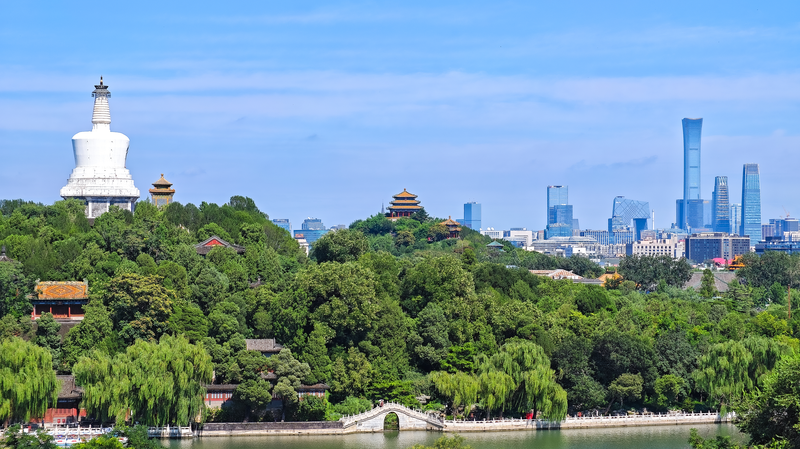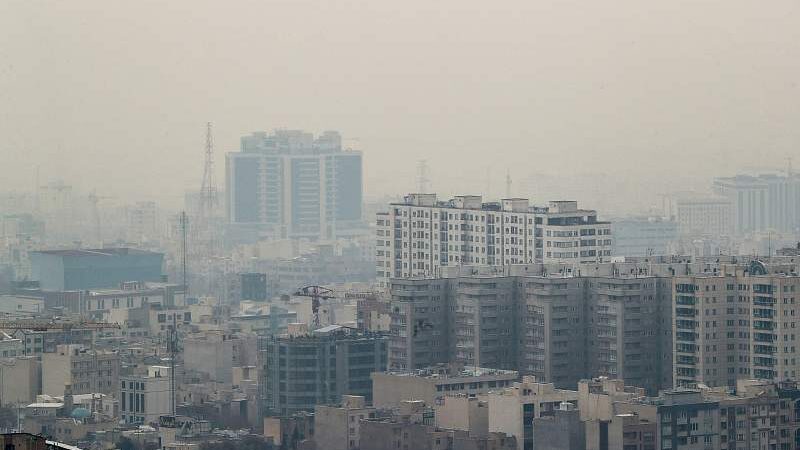From Coal to Clean Air: How Beijing Reinvented Its Skyline
What if a city of 21 million could slash coal use by 86% in just eight years? Beijing’s latest climate report reveals how the mega-city became a laboratory for sustainable urban living – and why the world is taking notes. 📊
Climate Crisis Meets Smart Governance
At the 2024 Beijing Forum on Swift Response to Public Complaints, leaders from 40+ countries witnessed something extraordinary: A city that transformed record-breaking heatwaves ❄️→🔥 and historic floods 🌊 into catalysts for change. The secret sauce? A three-part strategy:
- Replacing 2.73M kW coal plants with green energy hubs
- Converting 30K+ coal boilers to clean alternatives
- Creating neighborhood-level climate resilience networks
By the Numbers: Smog to Sunshine
📉 PM2.5 levels dropped 60% since 2015 (80.6 → 32 μg/m³)
📉 Heavy pollution days fell from 42 to 8 annually
📈 Clean energy now powers 98.1% of local electricity
“This isn’t just about blue skies,” says climate researcher Chen Ying. “It’s about reimagining urban life through green infrastructure.”
The Road Ahead
With new climate adaptation plans rolling out in 2024, Beijing aims to become a global hub for carbon-neutral tech. From vertical forests 🌳 to AI-powered energy grids, this could be the template for tomorrow’s climate-smart cities.
Reference(s):
Beijing's green blueprint: A model for low-carbon urban growth
cgtn.com





